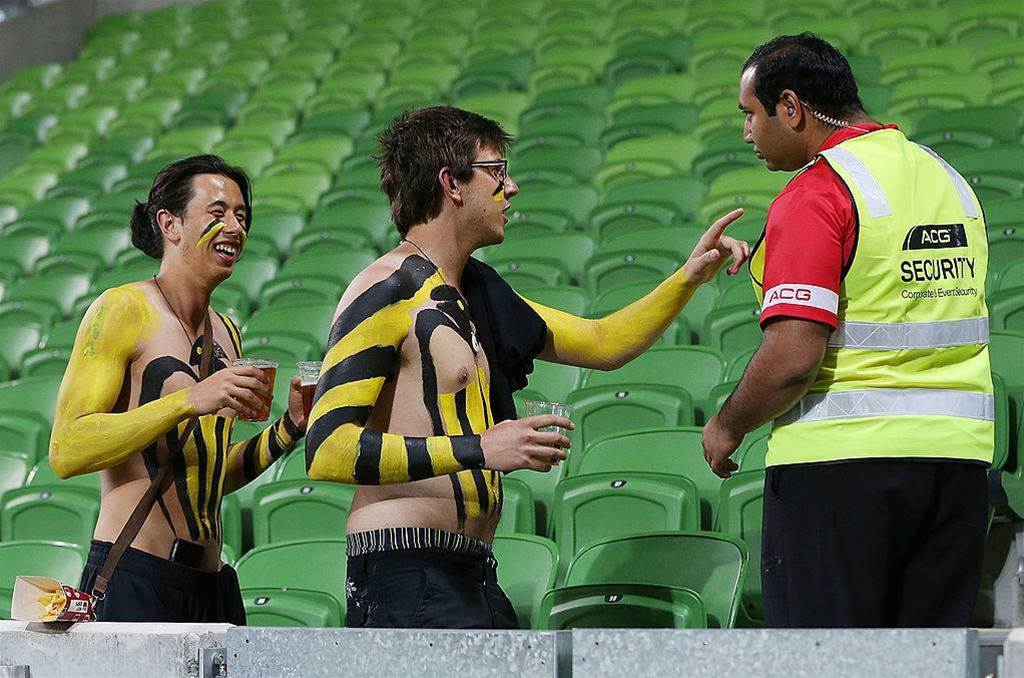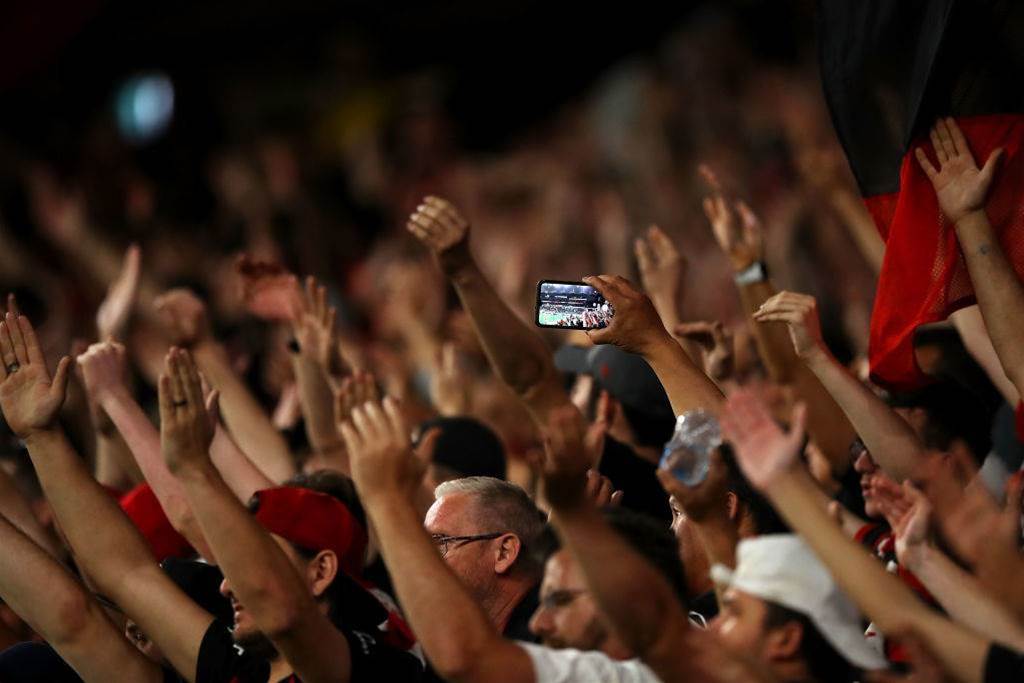Sports technology continues to innovate, offering the A-League a chance to improve across various parts of the game.
BROADCASTING
STADIA
With 5G, we're seeing new stadia around the world incorporating digital infrastructure with design.
EPL club Spurs' new stadium is a good example. The stadium includes HPE Aruba technology with over 1600 Wi-Fi Access Points.
And with COVID-19 in mind, A-League clubs could look to Bundesliga outfit Eintracht Frankfurt.
The German outfit has given its game-day staff radio-based wearable technology from Kinexon, called the SafeZone wristband, meaning essential employees are able to proper social distance while working at venues.
The club used this useful sports technology on May 16 against Borussia Mönchengladbach.
Additionally, when the A-League returns, managing match-day staff (including the many volunteers on A-League game days) remains a challenge.
But with new technology platforms such as rosterfy.com, event managers can track and manage large groups of staff and volunteers.
SECURITY
In Japan, a facial recognition system developed by NEC is planned to be used for identification and authentication at stadium entrance points. It was planned for Tokyo 2020.

Still in the Land of the Rising Sun, Tokyo Police are working with Panasonic on a new crowd forecasting program that has applications for crowd management.
Technically this is not sports technology, however, cameras on police cars will upload human flow data to the cloud for calculation and analysis to predict the dynamics of future crowd movement.
The real-time prediction system can also detect suspicious situations such as retrograde motion, suspicious objects placed among crowds, or vehicles traveling in restricted areas.
The system will flag unnatural or suspicious activities as possible indications of terrorism, with the security services notified.
VIDEO CONTENT
The automation of content delivery is already happening around the world.
The AI technology is designed to take more routine tasks off humans so they can focus on the more creative tasks for when football is being played live and digital platforms require content fast.

Companies like DAZN and WSC Sports are at the forefront of sports technology in this area.
WSC through its partnership with the K-League, for example, can tap into their AI platform to automatically create short-form videos in real-time that are easily shared across all digital platforms.
For clubs and competitions like the A-League, this means software like this with AI algorithms can be utilized by A-League editors, media managers, and producers to post relevant video clips across social networks in bulk and much quicker.
Related Articles

Socceroo-in-waiting seals Championship deal

Fringe Socceroo swerves A-League to remain in Europe after Fulham exit














